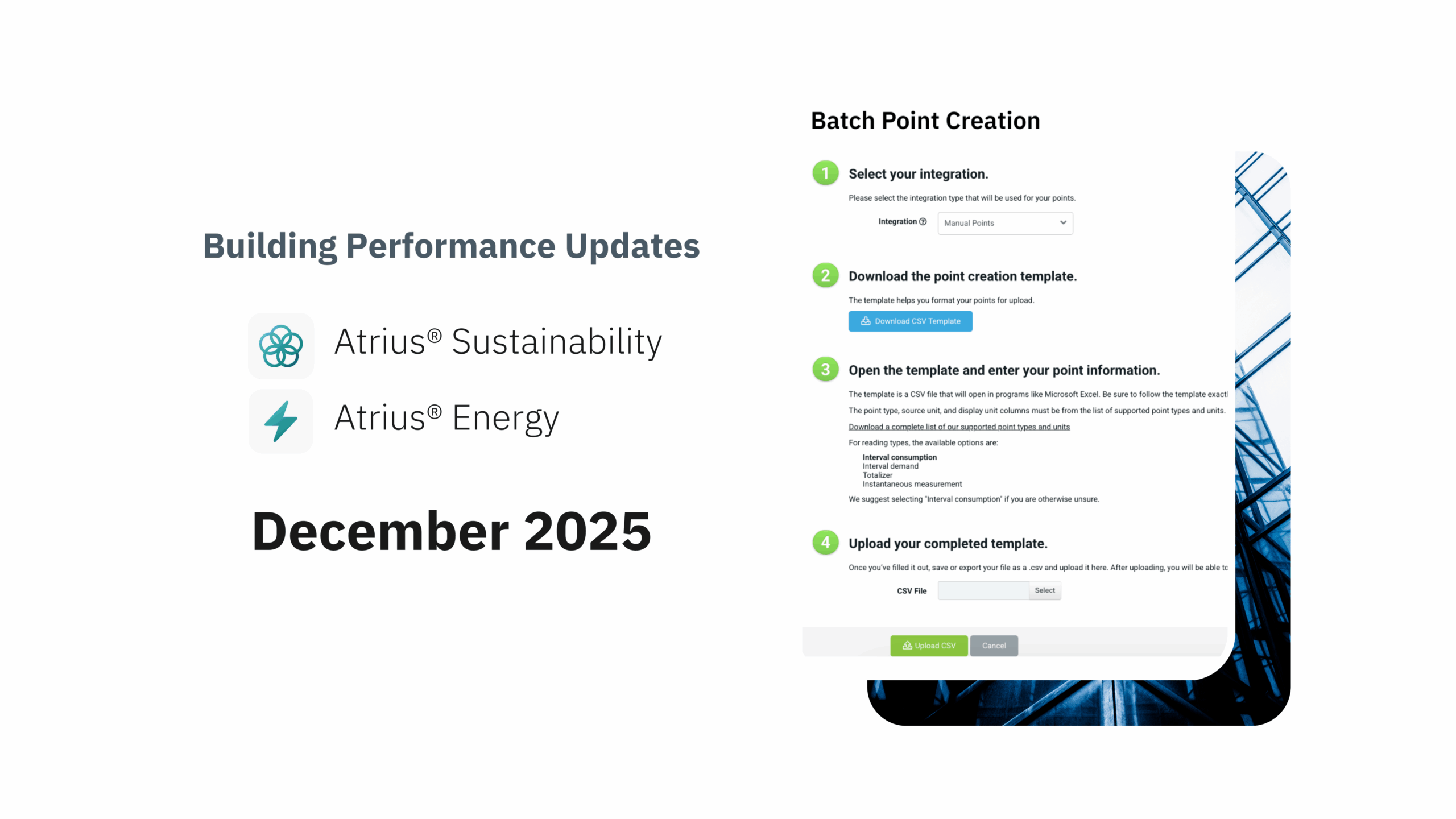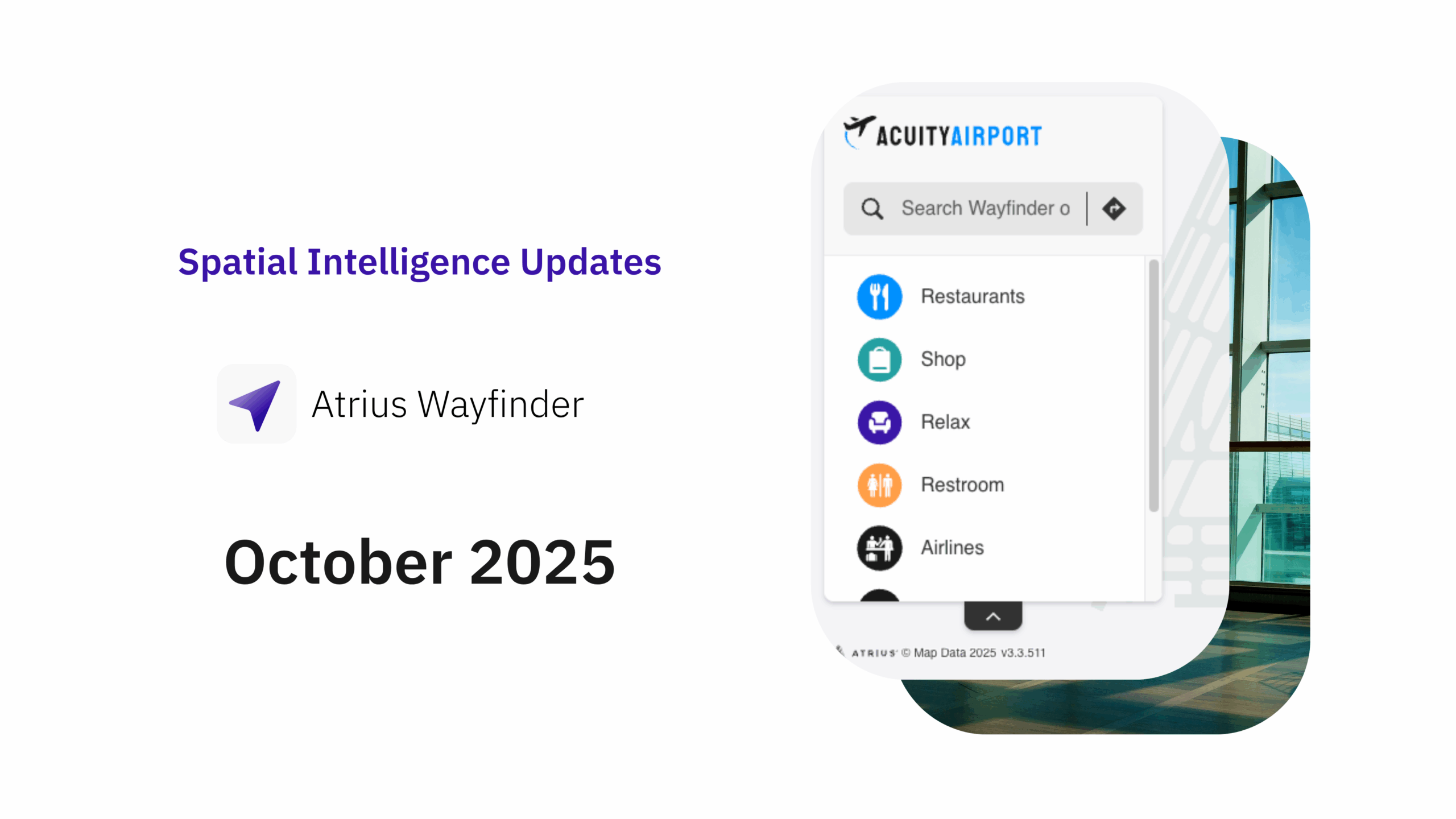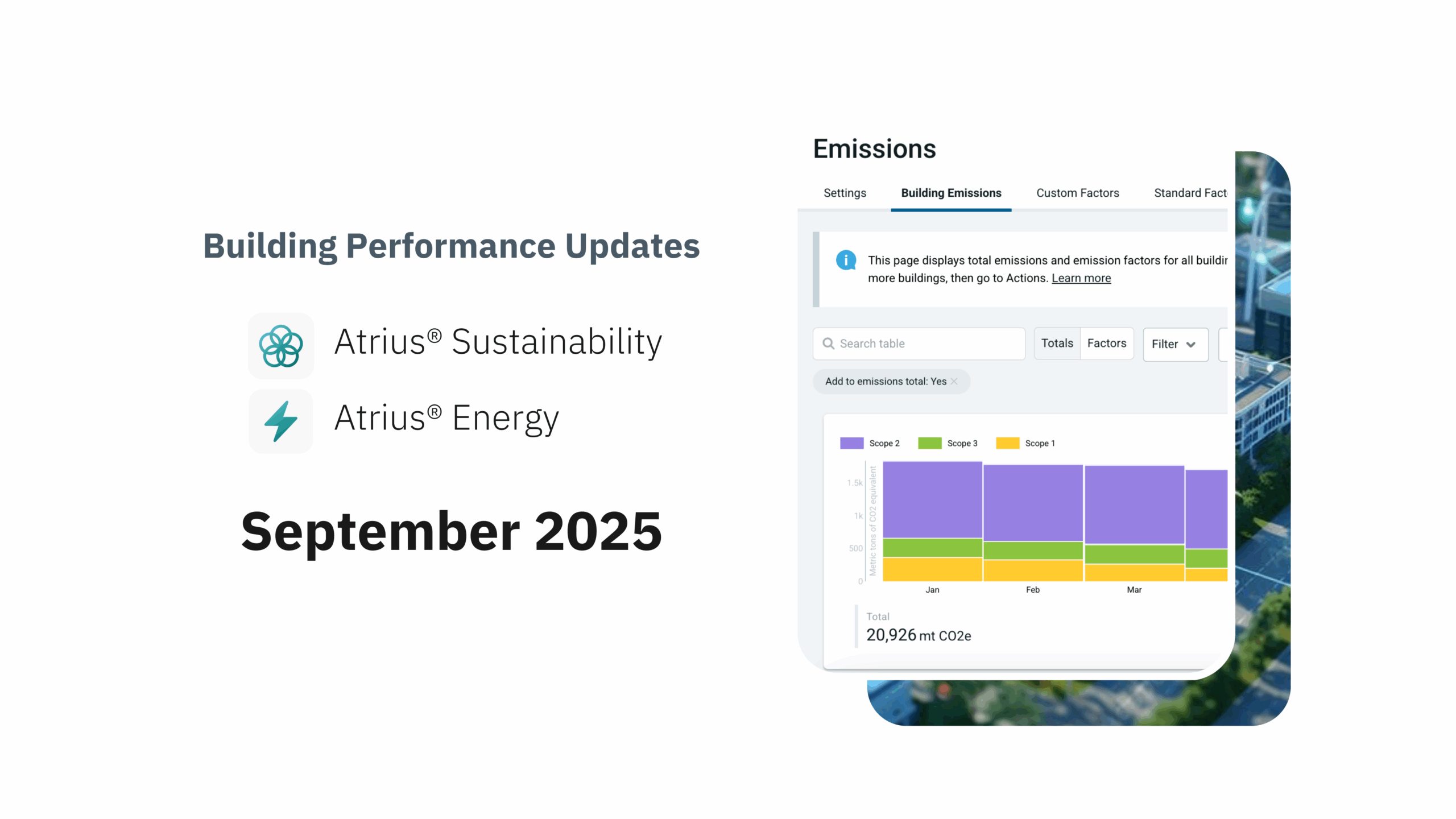Heterogeneous systems provide significant benefits as well as challenges. In the technology world, the word describes software systems or networks composed of multiple coding languages, different hardware platforms, various operating systems, and potentially different communication standards. Conversely, homogeneous computer networks have similar components, if not identical. These terms have similar meanings and challenges for building engineers and software engineers because the same vendor rarely supplies all the systems in a facility.
How heterogeneity impacts the built environment
Picture any group of buildings, from a college campus, or an airport complex, to connected outparcels surrounding a mall. As students, passengers, shoppers, or general visitors within a space, we see the collected facilities as having a single purpose. We visit the campus to learn, the airport to travel, and the outparcel to shop.
End-users see these combined buildings as single entities based on their purpose, whereas building engineers see multiple distinct spaces. For example, not every student uses biology labs. Air passengers rarely visit the maintenance hangers. We don’t think about the mechanical operations of each space, only the combined whole. But, because we use each of these areas differently, there’s a good chance they have different infrastructures, even if they look the same. For discussion, let’s use a college quadrangle area with three dorms and a dining hall.
If the buildings have different construction dates, their HVAC and lighting systems may be from different vendors. And even if they went up during the same construction phase, lighting, entry, and life safety control systems might vary. In most cases, these systems do not integrate with each other.
Why should you care about these dissimilar or diverse systems using vendor-specific controllers and software solutions? Because it means your employees are operating and maintaining multiple islands. It also suggests you might not be getting maximum performance from one or all the components.
The effect
The lack of integration prevents the building managers from understanding the impact of how a customer uses the facilities on how the systems should be optimized. The good news is that system software and controllers are increasingly functional, complex, intelligent—and underused. But you can’t optimize performance if you’re not capturing the insights and data generated. And inefficient operations impact equipment service life, occupant comfort, employee safety, ESG goals, and budgets.
Facility and IT leaders often implement an Internet of Things (IoT) solution to collect the volumes of meaningful data today’s controllers harvest. And while sending this information directly to the Cloud is standard practice, there are various reasons to take a different approach.
The edge computing option
Edge computing positions hardware and software workloads as close as possible to where the computing activity occurs. So, if your building manager or facility teams need immediate feedback on system performance, keep that data on the edge of where it’s created instead of sending it to the Cloud.
Edge computing is also a proven approach when:
- Required network bandwidth for a Cloud system is too expensive
- Cloud storage fees are cost-prohibitive
- Privacy concerns prevent transferring data to the Cloud
Edge computing enhances data management at reduced costs. It’s reliable, resilient, and scalable. Assuming it is designed and installed correctly.
Implementing edge computing for superior facility management
Considerations
Edge computing functions can be relatively essential, like summarization and data aggregation, or complex, like performing predictive analytics based on machine learning models. Regardless of the intended use, ensure your edge device is open and able to consume various types of data.
You might need an open REST API or the ability to consume BACnet or MODbus protocols. Do you want to run standardized workloads such as Docker-compatible containers?
These types of questions and their answers inform how open and capable the edge device should be and help address integration challenges.
Benefits
Implementation decisions are crucial. For example, an open REST API ensures partners and customers can integrate with your device and build their own solutions. Consuming open protocols such as BACnet and making them more internet secure or Cloud friendly like MQTTmeans your partners can connect to all the major building systems and transfer data securely to Cloud-based systems. Additionally, running Docker-compatible containers essentially future-proofs your device by empowering you to develop, run, and manage additional applications on existing hardware. Run new services like Machine Learning or NoSQL databases. Simply put, if designed and integrated correctly, edge-computing lets facility teams manage their buildings with deep insights and analytics instead of according to schedule.
In the past, we programmed specific lights to turn on or off at certain times. Now, by connecting the heterogeneous controllers of multiple systems to an IoT gateway with edge computing capabilities, lights dim or brighten based upon usage, which direction the windows are facing, or the number of people within a space. In short, our building systems don’t have to operate within fixed presets anymore now, they have the potential to adapt to space usage.
Building managers can also adjust the indoor environment of different locations to match when occupants usually arrive or leave those spaces, including what time on which days. Intelligent dashboards give facility teams superior insight into the types of power and levels consumed to track progress toward sustainability goals. One building or portfolio-wide, it all starts with open controllers that change the heterogeneity of a built space into a powerful edge-computing IoT.

Atrius® Solutions optimize edge computing
The most open controller you can choose is from Distech Controls, an Acuity Brands company. Distech Controls Apex controller has an open REST API and leverages Microsoft’s Azure IoT Edge to run and manage Docker-compatible containers. The Distech Apex understands and consumes industry-standard protocols, including BACnet. You can connect with any industry-standard system because Atrius solutions and the Distech Apex controller work together to optimize lighting, HVAC, and multiple building systems.
Make your spaces smarter, safer, and greener today. Connect with an Atrius expert about integrating our open, extensible platform into your built environments and sustainability initiatives.



